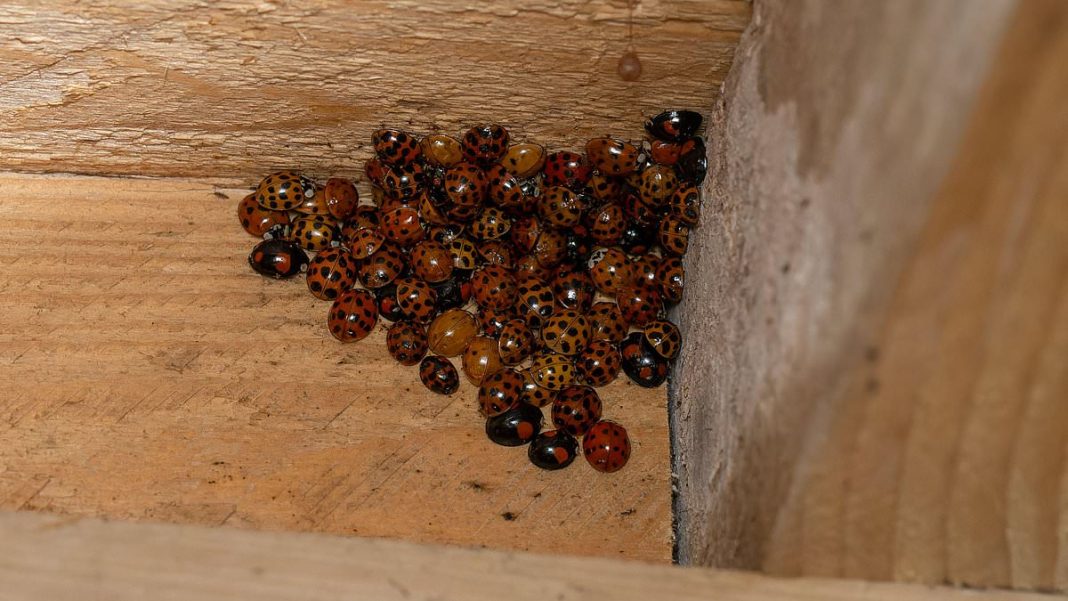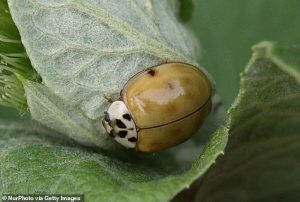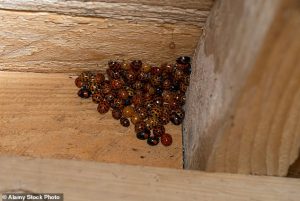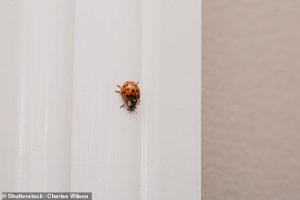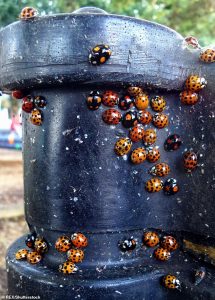Asian Lady Beetles Invade US Homes: Biting Insects Mistaken for Harmless Ladybugs
An invasive species resembling harmless ladybugs is swarming into American homes by the thousands, with state and federal officials warning that these insects bite humans and cause property damage. The Asian lady beetle forms massive ‘death spiral’ swarms around indoor lights, clustering in walls in groups of up to 20,000 insects.
Key Takeaways
- Asian lady beetles bite humans and emit foul-smelling yellow fluid
- They gather in homes in clusters of up to 20,000 insects
- Found in nearly every US state after intentional introduction in 1916
- Different from native ladybugs: orange color, fewer spots, black ‘M’ mark
The Invasion Spreads Nationwide
State researchers in Mississippi recently warned that these insects are actively seeking entry into homes through window sills as winter approaches. The problem extends far beyond Mississippi, with Asian lady beetles now established in nearly every state across the country.
The PennState Extension cautioned: ‘It is not uncommon for tens of thousands of beetles to congregate in attics, ceilings and wall voids, and due to the warmth of the walls, will move around inside these voids and exit into the living areas of the home.’
The defensive yellow fluid these insects emit not only stains fabrics but can trigger allergic reactions and sinus problems upon skin contact.
From Solution to Problem: A Century-Long History
Despite being declared an invasive species by the USDA in the 2000s, Asian lady beetles were intentionally introduced to the United States over a century ago. Originally brought from China, Russia, and Japan to combat crop-destroying pests, the USDA later released thousands as biological control agents during the 1970s and 1980s.
The Mississippi State University Extension explained: ‘During most of the year they are considered ‘good bugs,’ but as cold weather approaches, they start looking for a place to spend the winter, and this is when they can become real pests.’
Threat to Native Species and Environment
Without natural predators from their native Asia, populations have exploded to concerning levels. University of Florida researchers note that these invasive beetles now endanger native ladybug species through what scientists describe as cannibalism – eating the eggs and larvae of US ladybugs.
US officials express growing concern as increasing Asian lady beetle populations cause native species decline, potentially forcing farmers to use more pesticides that could pollute water supplies.
Identification and Safe Removal
Retired MSU entomology specialist Black Layton advises against using insecticides indoors: ‘The best advice I can give you once they get inside is to use a broom and a dustpan, or better yet, maybe a vacuum and just vacuum them up and get them outside.’
Key identification features:
- Orange color instead of red
- Fewer spots than the traditional seven
- Distinct black ‘M’ or ‘W’ shaped mark on head
- Pinching bite and defensive fluid release
Unlike their invasive counterparts, native US ladybugs don’t bite or release defensive liquids, making them completely harmless to humans.


